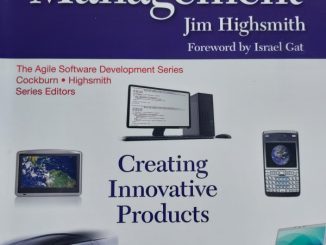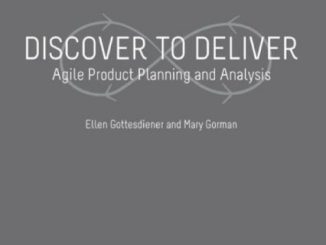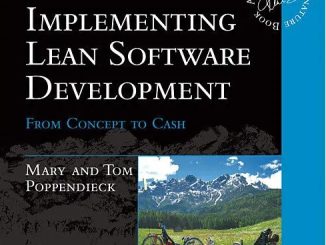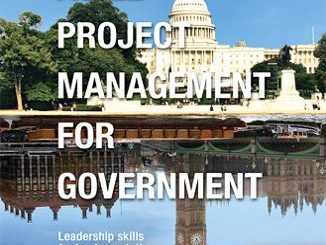Books on Scrum and Agile Project Management
Transmitting human experience through written material is not easy. As Rachel Davies did in “Agile Coaching“, Lyssa Adkins manages to do it brilliantly in this book that covers the same topic. Based on her own experience of “recovering command-and-control project manager”, she writes about all the circumstances where you can coach people, explaining both what you should and shouldn’t do.
I had already very much like the first book written by the same authors “Scaling Lean & Agile Development – Thinking and Organisational Tools for Large-Scale Scrum” published in 2009. The risk when you have high expectations is being disappointed. It wasn’t the case with “Practices for Scaling Lean & Agile Development”.
The fact that ths book “Agile Project Management” by Jim Highsmith is already at his second edition after a first publication in 2004 says something about its value. In one of his definition of Agile, Jim Highsmith says, “Agility is the ability to balance flexibility and stability”.
Discover to Deliver is a book written by Ellen Gottesdiener and Mary Gorman. It aims is to help you to deliver a product that will please your customer. To achieve this goal, the book proposes a toolbox of techniques that are taken from multiple disciplines, from business analysis to software testing or product delivery.
“Implementing Lean Software Development” is a book from Mary and Tom Poppendieck that helps to apply the lean manufacturing approach to the software development activities. After a presentation of the way Toyota designed its lean approach for manufacturing and product development, the book describes how these principles could be translated in the software development world.
There was a time when software developers worked with consultants that will do things for their company or teach some technical knowledge. Agile approaches have brought forward another type of people: coaches.
The book Agile Project Management for Government is structured in three parts. The first part presents some case studies of Agile success in public administrations. The second part discusses the principles of the Agile Manifesto in the context of government software development. The final part identifies six barriers to Agile success and suggests how you can overcome these barriers.








